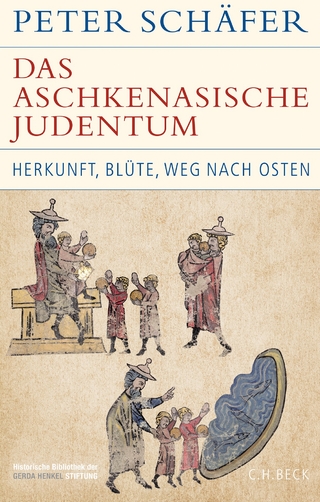
Imago Dei
Princeton University Press (Verlag)
978-0-691-14125-1 (ISBN)
In 726 the Byzantine emperor, Leo III, issued an edict that all religious images in the empire were to be destroyed, a directive that was later endorsed by a synod of the Church in 753 under his son, Constantine V. If the policy of Iconoclasm had succeeded, the entire history of Christian art--and of the Christian church, at least in the East--would have been altered. Iconoclasm was defeated--by Byzantine politics, by popular revolts, by monastic piety, and, most fundamentally of all, by theology, just as it had been theology that the opponents of images had used to justify their actions. Analyzing an intriguing chapter in the history of ideas, the renowned scholar Jaroslav Pelikan shows how a faith that began by attacking the worship of images ended first in permitting and then in commanding it. Pelikan charts the theological defense of icons during the Iconoclastic controversies of the eighth and ninth centuries, whose high point came in A.D. 787, when the Second Council of Nicaea restored the cult of images in the church.
He demonstrates how the dogmas of the Trinity and the Incarnation eventually provided the basic rationale for images: because the invisible God had become human and therefore personally visible in Jesus Christ, it became permissible to make images of that Image. And because not only the human nature of Christ, but that of his Mother had been transformed by the Incarnation, she, too, could be "iconized," together with all the other saints and angels. The iconographic "text" of the book is provided by one of the very few surviving icons from the period before Iconoclasm, the Egyptian tapestry Icon of the Virgin now in the Cleveland Museum of Art. Other icons serve to illustrate the theological argument, just as the theological argument serves to explain the icons. In a new foreword, Judith Herrin discusses the enduring importance of the book, provides a brief biography of Pelikan, and discusses how later scholars have built on his work.
Jaroslav Pelikan (1923-2006) was the author of more than thirty books, including the five-volume "Christian Tradition: A History of the Development of Doctrine". In 2004, he received the John W. Kluge Prize for Lifetime Achievement in the Human Sciences.
Foreword vii Preface xix Illustrations xxi Abbreviations xxiii Introduction: The Idea in the Image Chapter 1: The Context Religion and "Realpolitik" Byzantine Style 7 Chapter 2: Graven Images The Ambiguity of the Iconographic Tradition 41 Chapter 3: Divinity Made Human Aesthetic Implications of the Incarnation 67 Chapter 4: The Senses Sanctified The Rehabilitation of the Visual 99 Chapter 5: Humanity Made Divine Mary the Mother of God 121 Chapter 6: The Great Chain of Images A Cosmology of Icons 153 Bibliography 183 Index 194
| Erscheint lt. Verlag | 26.9.2011 |
|---|---|
| Reihe/Serie | Bollingen Series |
| Vorwort | Judith Herrin |
| Zusatzinfo | 50 b/w illus. |
| Verlagsort | New Jersey |
| Sprache | englisch |
| Maße | 191 x 254 mm |
| Gewicht | 652 g |
| Themenwelt | Kunst / Musik / Theater ► Kunstgeschichte / Kunststile |
| Geschichte ► Teilgebiete der Geschichte ► Religionsgeschichte | |
| ISBN-10 | 0-691-14125-8 / 0691141258 |
| ISBN-13 | 978-0-691-14125-1 / 9780691141251 |
| Zustand | Neuware |
| Haben Sie eine Frage zum Produkt? |
aus dem Bereich


